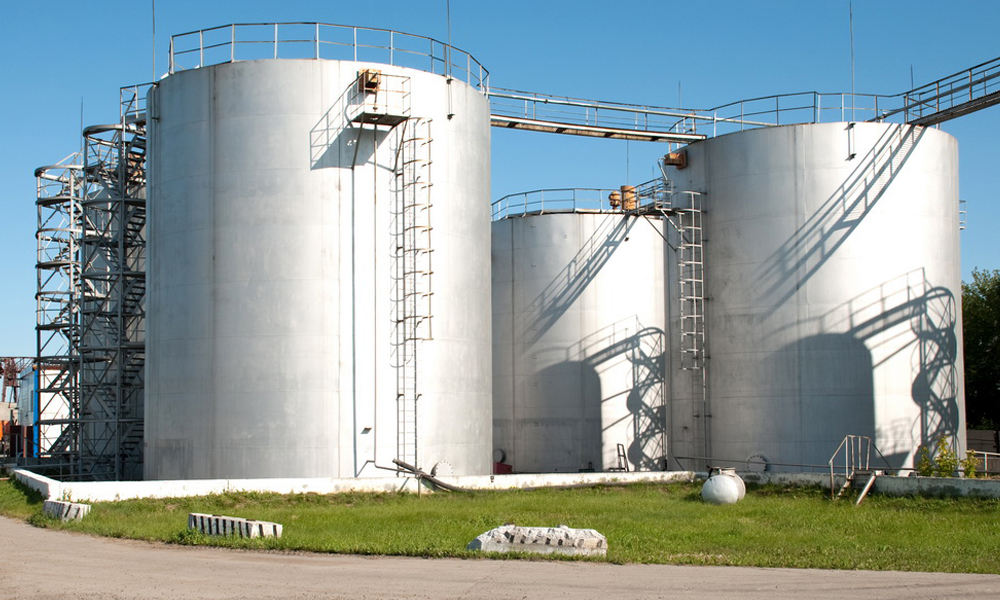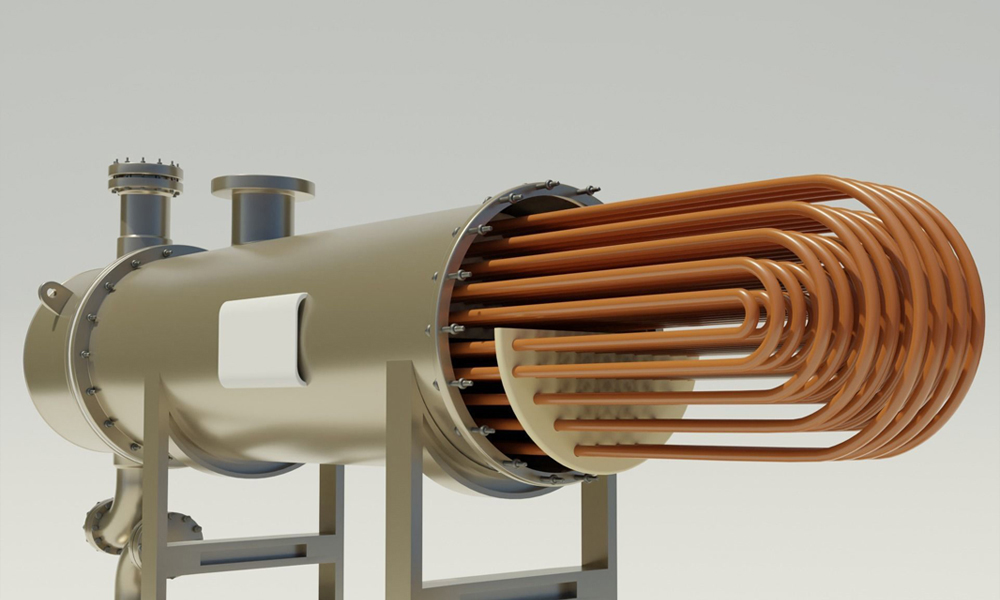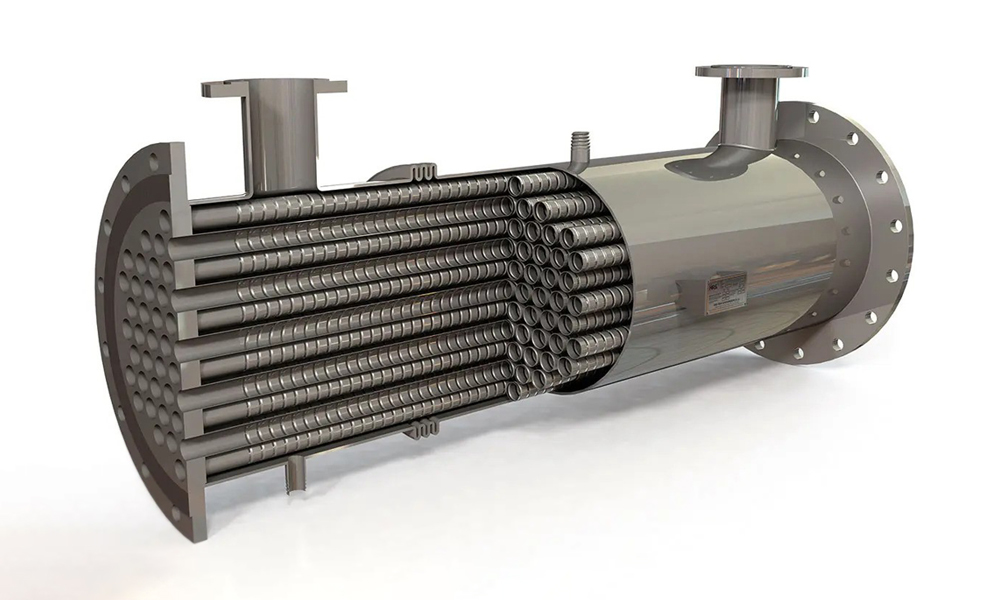In various industries, selecting the right type of tank and tank roof is crucial for storing liquids and chemicals. The choice of roof type greatly impacts the tank’s safety, efficiency, and construction costs. This article explores five common tank roofs types, including conical, domed, fixed, floating, and roofless tanks. Each type has distinct characteristics and applications, which we will examine in detail.
Conical Roof Tanks
Conical roof tanks are among the most widely used tank types in industry. Typically made from steel or polyethylene, they are popular due to their simple structure and affordable cost. This type of roof features a gentle slope with a conical shape, often used for storing non-corrosive liquids, agricultural grains, fertilizers, and materials that do not require controlled pressure.
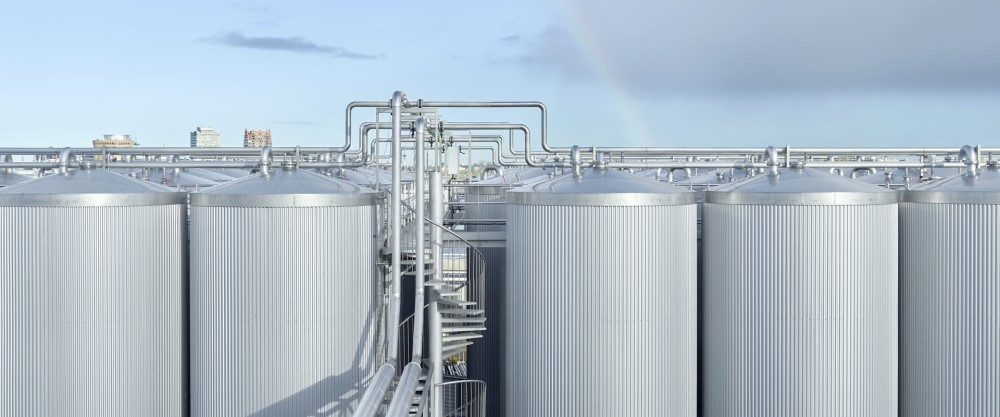
Structural Features of Conical Roof Tanks
The conical roof’s specific angle prevents the accumulation of rainwater and snow, reducing maintenance costs. This design is resistant to erosion and rust caused by water buildup, making it suitable for applications where pressure control is unnecessary.
Applications of Conical Roof Tanks
Conical roof tanks are ideal for storing materials with stable chemical properties and liquids that are not pressurized. Commonly used in agriculture, water and wastewater, and petrochemical industries, they are cost-effective for building, installation, and maintenance.
Reasons for Conical Roof Design
The primary reason for the conical roof design is its ability to naturally shed rainwater, reducing long-term maintenance costs. Additionally, the conical shape allows for quick and easy construction, which is highly appealing to industries where time is a critical factor.
Domed Roof Tanks
Due to their robust structure, domed roof tanks are a popular choice for storing chemical and petroleum products. These roofs are typically made of aluminum or steel and feature a unique curve that helps evenly distribute pressure.
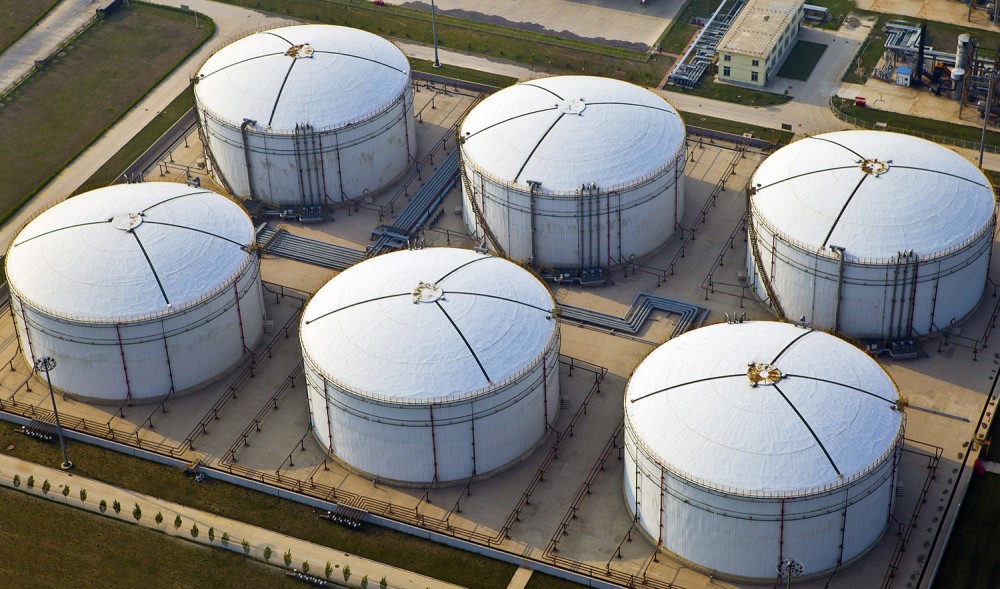
Structural Features of Domed Roof Tanks
Domed roofs effectively manage and distribute the tank’s internal pressure while preventing air and moisture intrusion, making them suitable for storing sensitive and hazardous materials.
Applications of Domed Roof Tanks
Primarily used in the oil, gas, and petrochemical industries, domed roof tanks are ideal where precise temperature and pressure control is essential. They effectively store volatile substances and hazardous gases.
Reasons for Domed Roof Design
The domed roof design provides high resistance to internal pressure, enabling the safe containment of sensitive and volatile chemicals without leaks. Additionally, the dome shape distributes stresses and pressures evenly, providing stability to the structure.
Floating Roof Tanks
Floating roof tanks are designed so that their roofs rest on the surface of the liquid inside the tank. This type of roof is used to prevent the stored materials from coming into contact with air and to reduce evaporation, especially for volatile substances with high evaporation rates.

Also read: Performance of floating roof tanks in reducing evaporation and pollution
Structural Features of Floating Roof Tanks
The floating roof moves with the liquid level, always remaining at the same height as the liquid surface. This tank type is designed with special seals to minimize leakage and air entry, making it ideal for storing sensitive materials.
Applications of Floating Roof Tanks
These tanks are primarily used for storing high-evaporation liquids, especially volatile substances like gasoline and other fuels. By minimizing the contact between the material and air and preventing leakage, the risk of ignition and fire is significantly reduced, enhancing safety.
Reasons for Floating Roof Design
The main purpose of the floating roof design is to prevent evaporation and reduce air contact with the materials. This feature is highly beneficial in industries dealing with sensitive and volatile materials, helping to maintain safety. Additionally, by preventing vapor from escaping outside the tank, floating roof tanks have a lower environmental impact.
Also read: How are floating roof tanks constructed?
Fixed Roof Tanks
Fixed roof tanks are widely used in various industries for the storage of liquids and chemicals. Typically constructed from steel or other durable materials, these tanks are highly popular in sensitive industries such as oil and petrochemicals due to their high safety and stable structure.
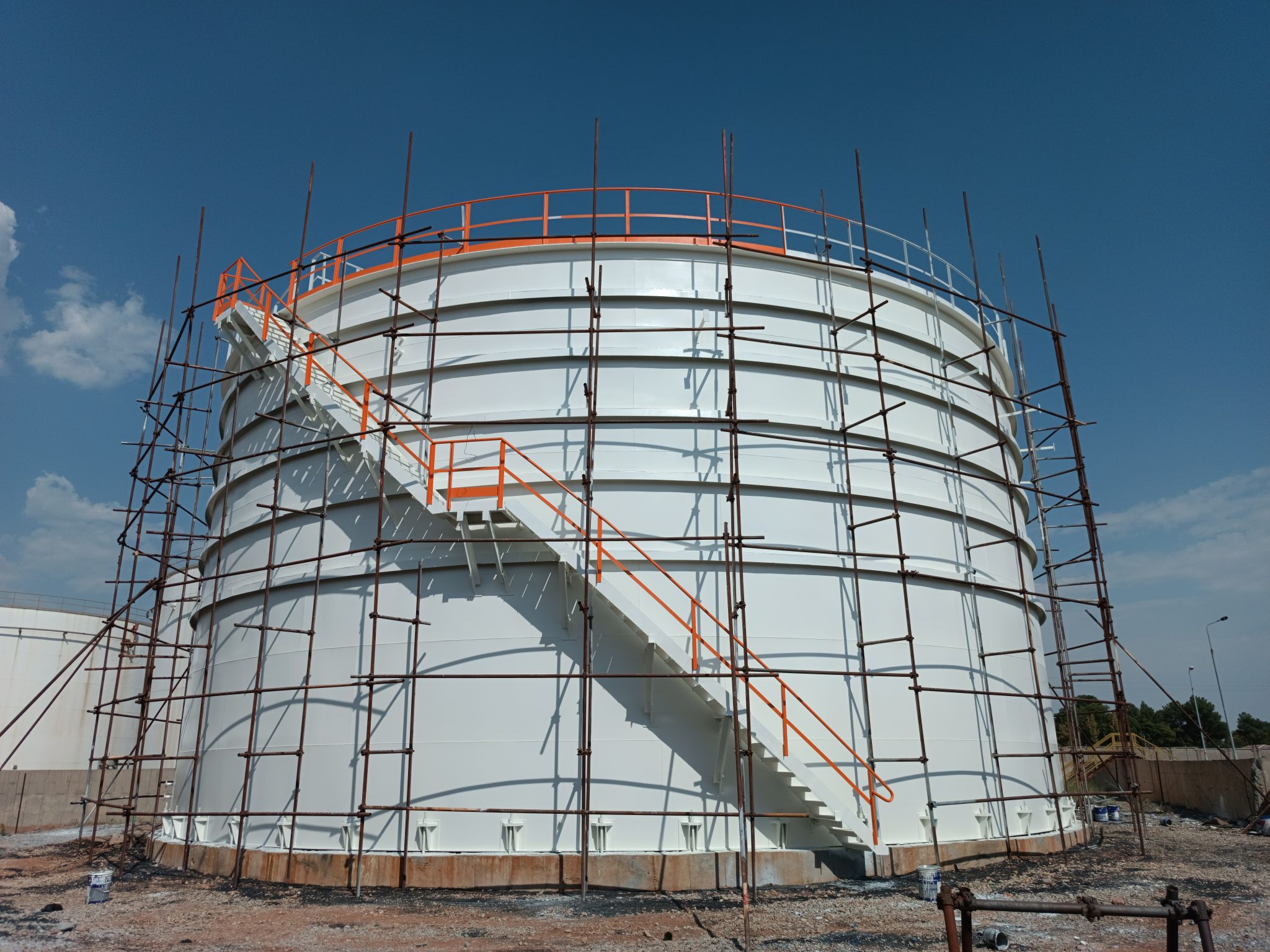
Structural Features of Fixed Roof Tanks
The fixed roof design prevents dust, moisture, and air from entering the tank, thus protecting the stored materials from contamination. Fixed roof tanks are ideal for storing non-volatile liquids and materials that are not sensitive to temperature fluctuations. These roofs are designed to resist external pressures and prevent any contamination from entering the tank.
Applications of Fixed Roof Tanks
Fixed roof tanks are commonly used in the oil, gas, petrochemical, food, and pharmaceutical industries. They are ideal for storing high-viscosity materials or substances that do not require pressurization or controlled conditions. They are also suitable for storing materials that are non-reactive with air and do not require evaporation prevention.
Reasons for Fixed Roof Design
The main reason for using a fixed roof design is to create a safe environment that protects materials from external factors. This roof type is ideal for non-volatile substances that do not require exposure to air. The fixed roof design also helps reduce maintenance costs and offers a simpler structure compared to floating or domed roofs. The ease of construction and installation makes this roof type an economical and cost-effective choice for many industries.
Also read: Difference between fixed roof and floating roof cylindrical tanks
Roofless Tanks
As the name suggests, roofless tanks lack any protective roofing and are mainly used for storing water and non-hazardous materials. They are especially useful in regions with moderate weather conditions.
Structural Features of Roofless Tanks
Roofless tanks have a simple structure, and due to the lack of a roof, their construction and installation costs are significantly lower. Typically made from concrete, these tanks are designed for large-scale storage. The lack of a roof reduces maintenance costs compared to other tank types.
Applications of Roofless Tanks
Roofless tanks are ideal for water storage in agriculture and rural water supply. They are also suitable for materials unaffected by weather conditions.
Reasons for Roofless Design
The roofless design is aimed at cost savings and requires less maintenance. This feature is particularly practical for agricultural and rural water supply industries.
Conclusion
In summary, choosing the right type of tank and roof depends on the type of material stored, environmental conditions, and safety requirements. Each tank roof type offers unique features and applications that benefit different industries. Petrostructure Company, with extensive experience in the design and construction of various tanks—including fixed, floating, conical, domed, and roofless tanks—is recognized as a leader in this industry. Petrosazeh’s expert team provides technical consultations and offers efficient solutions that meet international standards, using high-quality materials and advanced technology. For more information and to receive specialized consultation, contact our experts to fulfill your needs in the best possible way.


